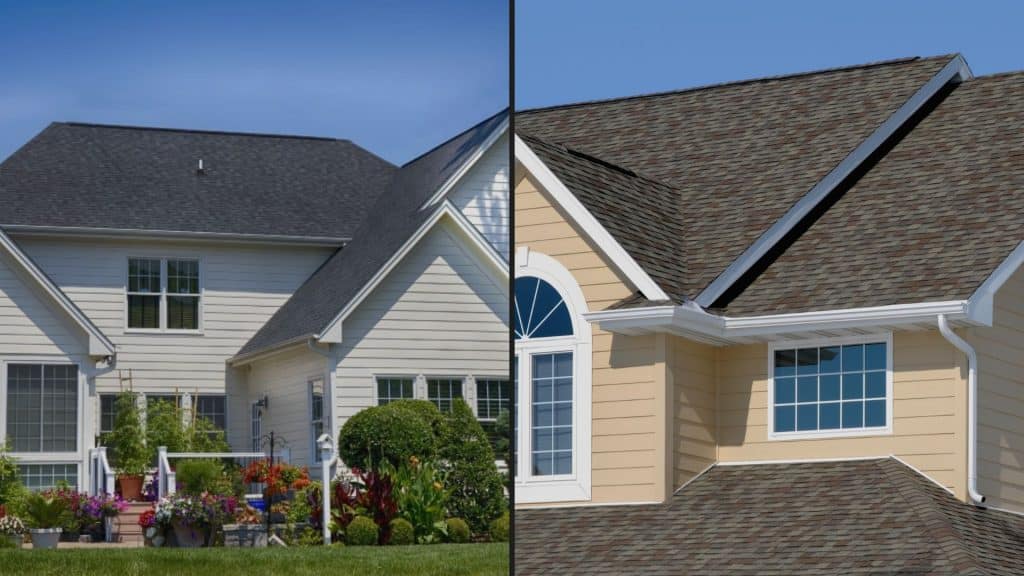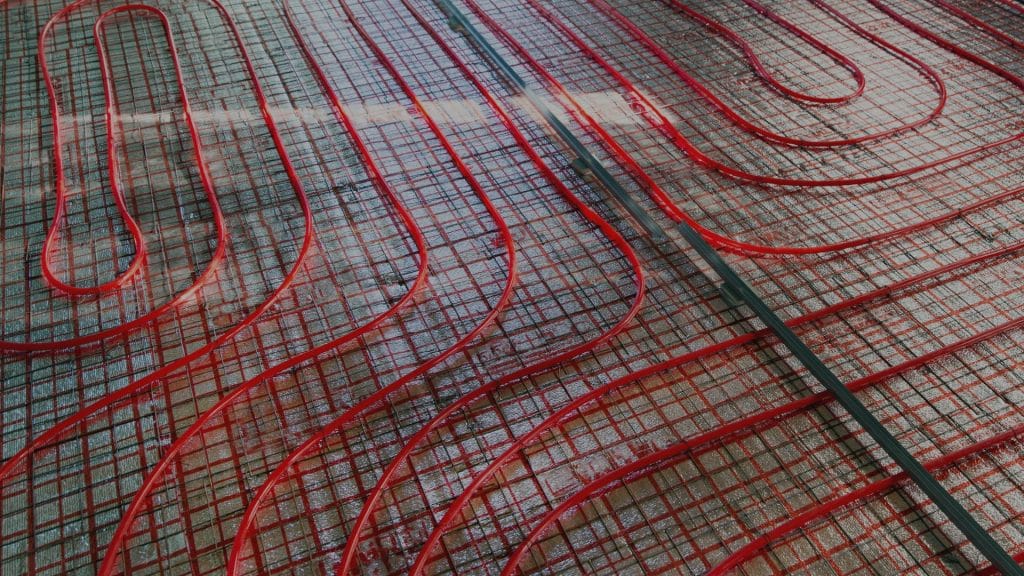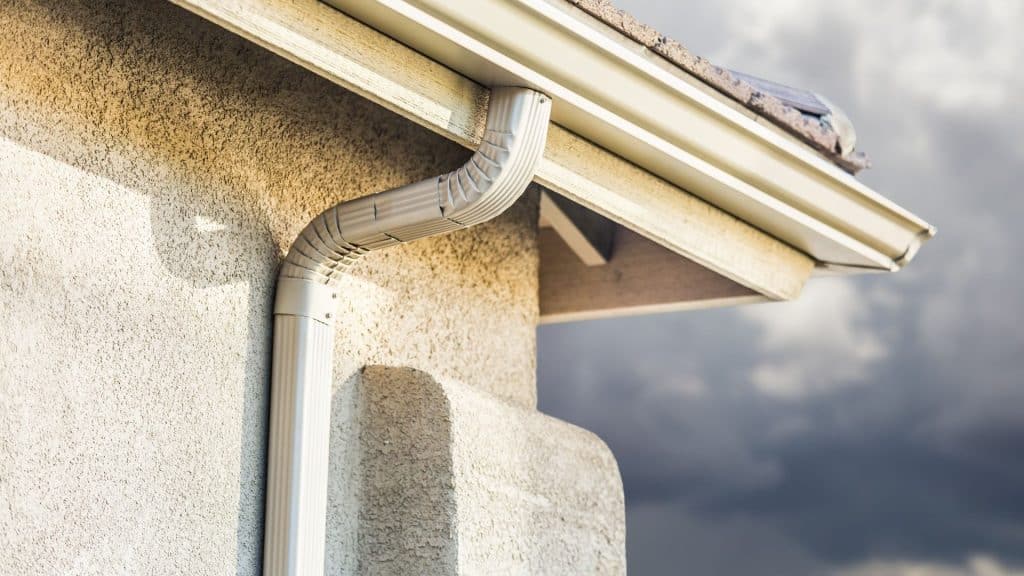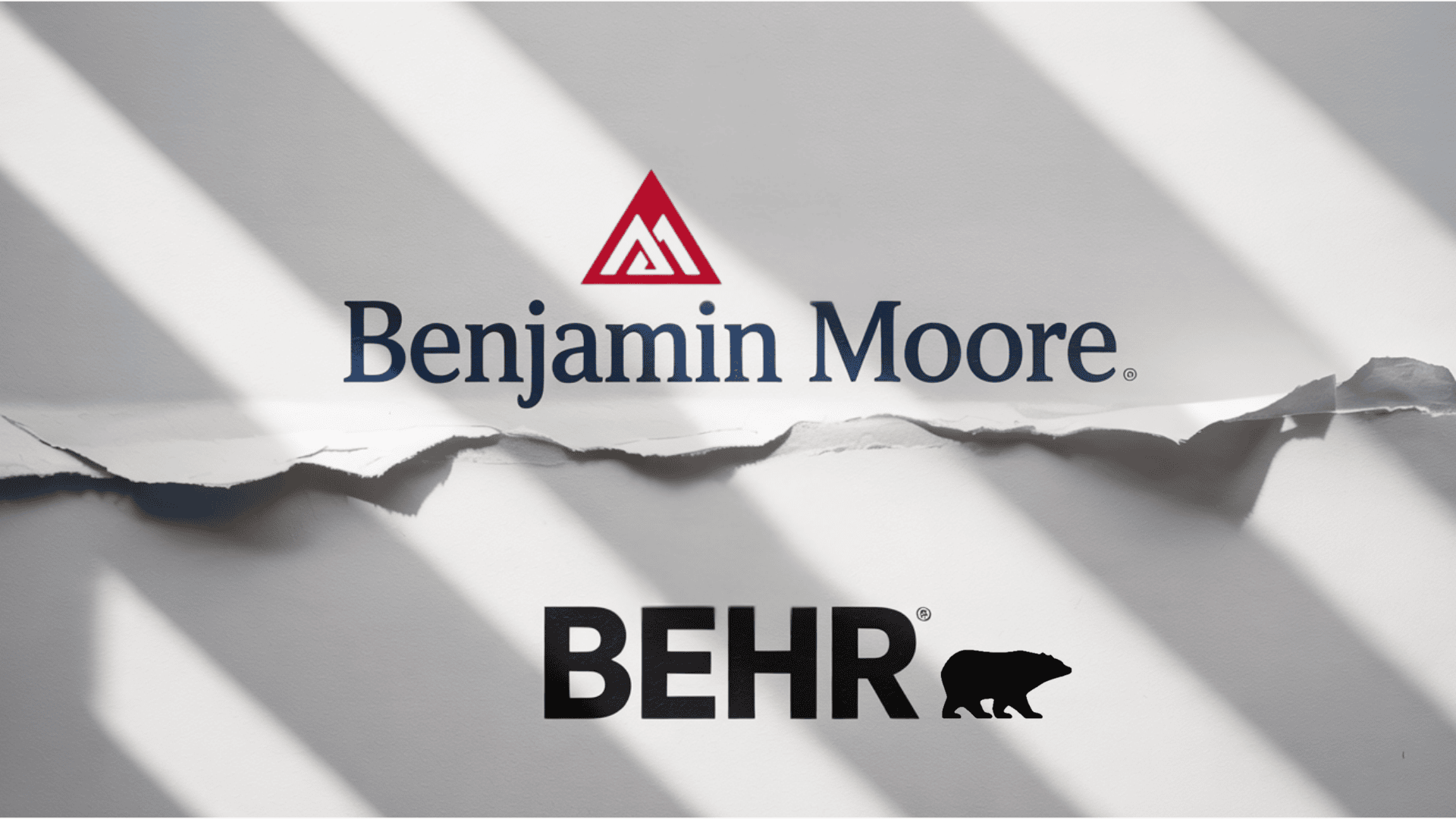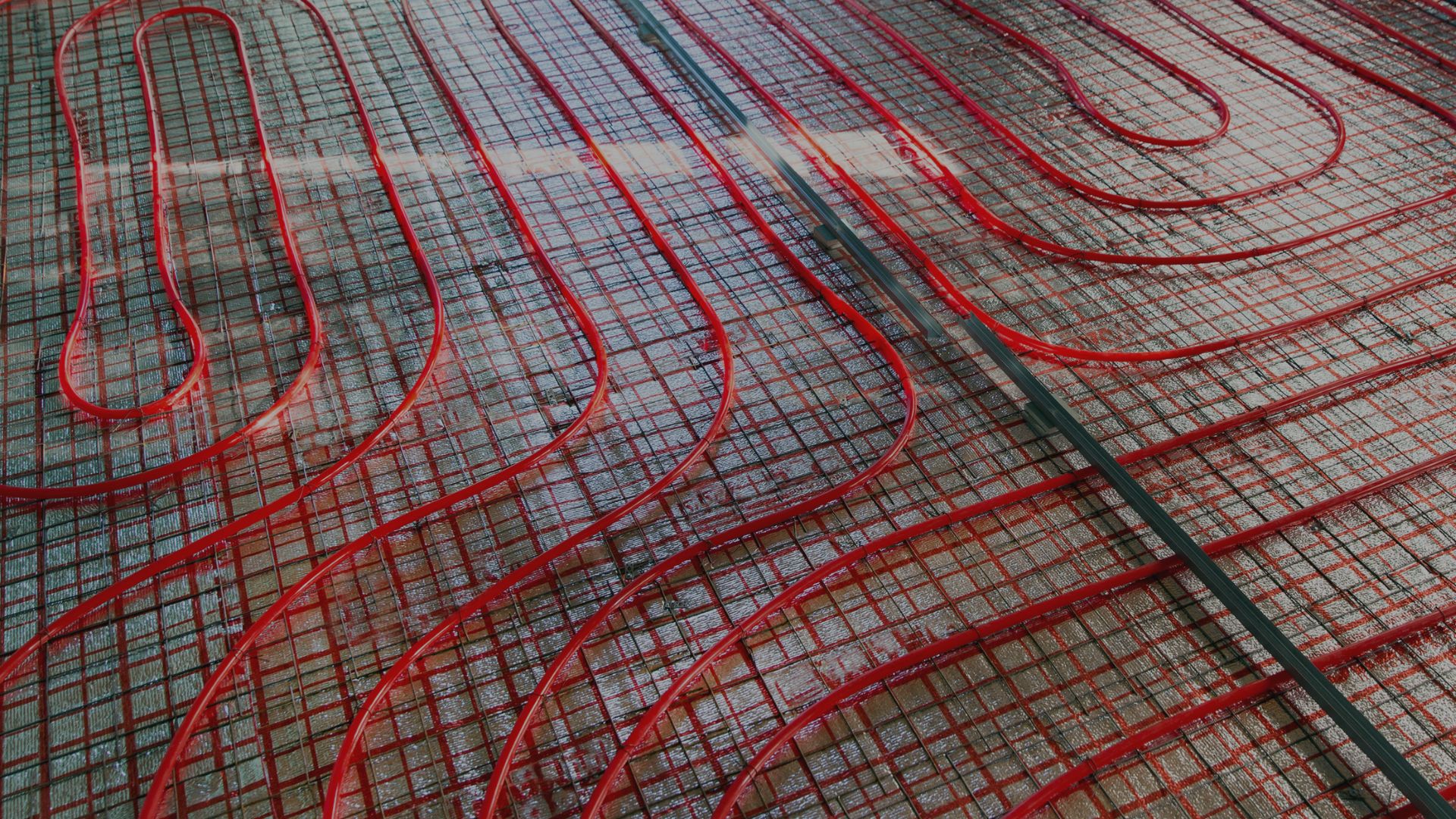Are you stuck between fiber cement siding and vinyl for your home’s exterior?
This decision challenges thousands of property owners each year, as they wonder which material offers better value and performance.
The decision isn’t always straightforward or simple to make.
One might save you money upfront, while the other could serve you better in the long term. Your climate, budget, and style preferences all play important roles here.
Making the wrong choice could mean facing costly issues down the road. Or worse, an exterior look you’ll regret for years to come.
In this blog, I’ll show you exactly how these two popular siding options compare. You’ll understand which one best fits your home and budget.
What Is Fiber Cement Siding?
Fiber cement siding is made from cement, sand, and cellulose fibers. James Hardie introduced this material in the 1980s as a durable exterior option.
Manufacturers press these materials under high heat and pressure. The result is dense, heavy boards that resist various threats and perform well.
This siding convincingly mimics the textures of wood, stucco, and stone. Boards come pre-primed or factory-finished. Professional installers handle most projects using specialized cutting tools and techniques.
What Is Vinyl Siding?
Vinyl siding is made from polyvinyl chloride (PVC). It gained popularity in the 1960s as an affordable exterior covering.
Manufacturers melt PVC and extrude it into panels. Color is mixed throughout the material, ensuring a consistent appearance through each panel’s thickness.
The lightweight panels make installation faster and simpler than alternatives. They interlock and attach over moisture barriers, allowing contractors to complete projects quickly.
Hundreds of colors and styles are available from manufacturers. You can find smooth finishes, wood grain textures, and various panel widths for different looks.
Key Factors to Compare Before Choosing Your Siding
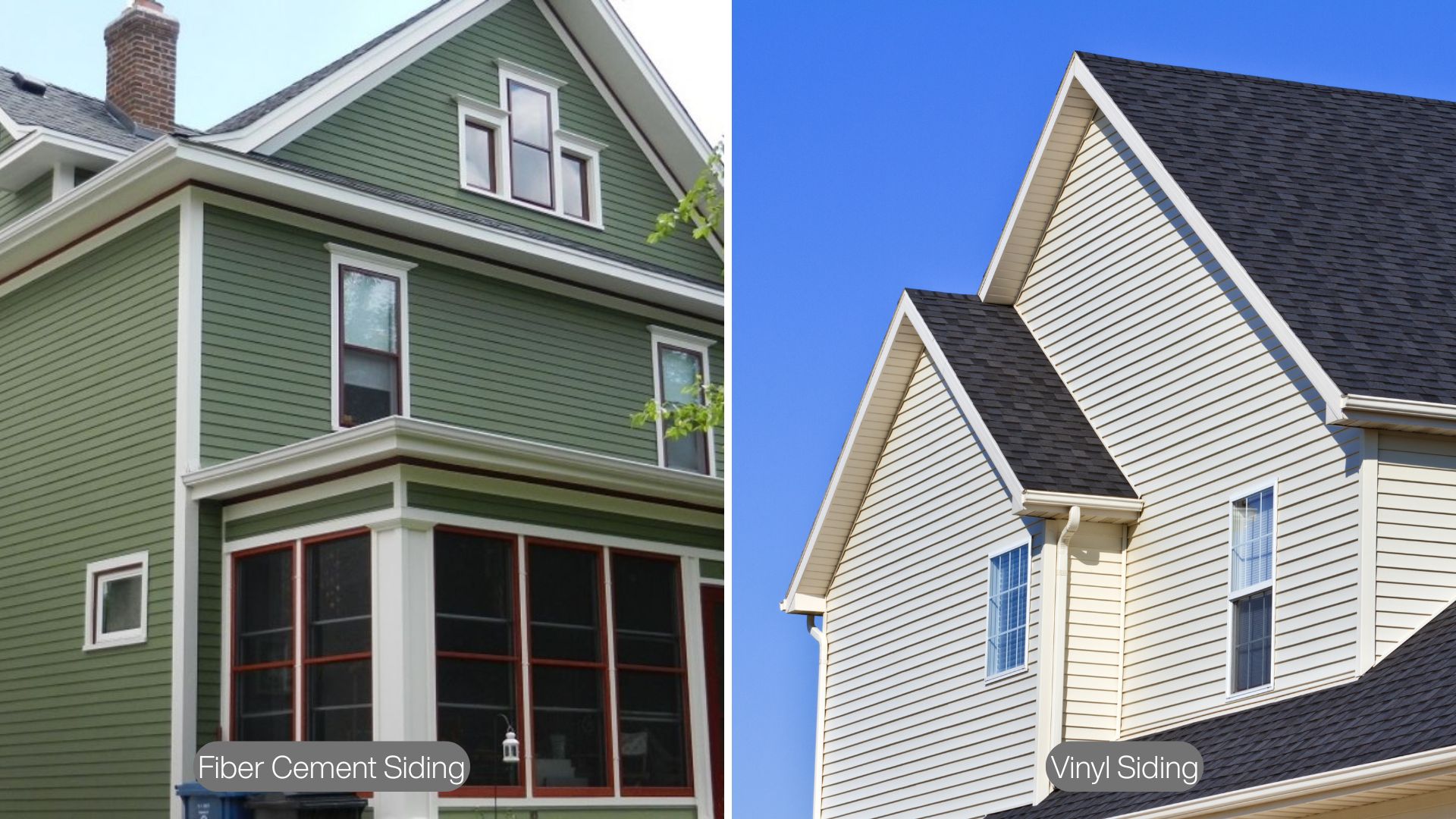
Making the right siding choice requires knowing how each material performs in real-world conditions. These factors directly impact your home’s protection, appearance, and value.
1. Durability and Weather Resistance
Fiber cement siding outperforms vinyl in overall durability and strength. It withstands extreme conditions when properly installed and maintained over the long term.
Vinyl siding performs reliably in moderate climates and standard weather conditions. However, it struggles in extreme cold or in high-impact situations such as severe storms.
Weather Performance Comparison
| Weather Factor | Fiber Cement | Vinyl |
|---|---|---|
| Fire Resistance | Non-combustible | Melts and burns |
| Impact Resistance | Excellent | Moderate to poor |
| Temperature Tolerance | -50°F to 200°F | 0°F to 165°F |
| Wind Resistance | Up to 130 mph | Up to 110 mph |
2. Cost and Installation
Vinyl siding offers the most affordable option for exterior renovation projects. Installation costs range from $3 to $7 per square foot, appealing to budget-conscious homeowners.
Fiber cement requires a larger upfront investment at $6 to $12 per square foot. This premium pricing reflects both the material quality and the skilled labor required.
Installing fiber cement involves more specialized tools and expert handling, increasing total project costs compared to vinyl. However, a longer lifespan may offset the initial cost difference.
Cost Breakdown
- Vinyl Siding: $3-$7 per square foot installed.
- Fiber Cement: $6-$12 per square foot installed.
- Average Home (2,000 sq ft):
- Vinyl: $6,000-$14,000
- Fiber Cement: $12,000-$24,000
- Labor Premium: Fiber-cement costs 50-75% more to install.
- Timeline: Vinyl installs faster, reducing overall project costs.
3. Aesthetics and Design Options
Both materials offer impressive design flexibility for modern homes today. Vinyl offers over a hundred factory colors and multiple textures, including smooth finishes and wood-grain patterns.
Fiber cement excels at replicating the look of wood with authentic grain patterns. You can paint it any custom color and repaint later, unlike vinyl, which is permanently colored.
Design Features
| Feature | Fiber Cement | Vinyl |
|---|---|---|
| Color Options | Unlimited (paintable) | 300+ factory colors |
| Texture Realism | Excellent wood mimicry | Good to very good |
| Custom Painting | Yes, anytime | Difficult, not recommended |
| Color Longevity | 15-25 years before repaint | Fades over 10-15 years |
| Style Variety | Wood, stucco, and masonry look | Smooth, grain, shake styles |
4. Energy Efficiency and Insulation
Neither fiber cement nor vinyl provides significant insulation on its own. Both materials have low R-values, meaning they don’t block heat transfer effectively.
Insulated vinyl siding features a foam backing that improves energy efficiency. This version costs more but can reduce heating and cooling bills throughout the year.
Fiber cement’s density provides slightly better thermal mass than standard vinyl. It slowly absorbs and releases heat, helping regulate indoor temperature fluctuations.
Both siding types work well with external insulation systems added beneath them. Adding foam board significantly improves your home’s energy efficiency regardless of siding choice.
5. Maintenance and Longevity
Vinyl siding requires minimal maintenance throughout its entire lifespan. Wash it once or twice yearly with a garden hose and mild soap for best results.
Fiber cement siding requires consistent maintenance to preserve its strength and finish over the years. You must repaint every 15 to 25 years and recaulk seams every few years.
Maintenance Requirements
- Vinyl: Annual cleaning only, no repainting possible, damaged panels replaced easily, and mold removal with cleaners.
- Fiber Cement: Annual cleaning required, repaint every 15-25 years, recaulk seams every 5-10 years, and more complex repairs.
Lifespan Comparison
- Vinyl lasts 20-40 years, depending on the climate.
- Fiber cement lasts 50-100 years with proper care.
6. Environmental Impact
Vinyl siding has a mixed environmental record overall. PVC production involves petroleum products and releases harmful chemicals during manufacturing. Recycling infrastructure remains limited across areas.
Most vinyl ends up in landfills after removal from homes. It doesn’t biodegrade and sits indefinitely. Manufacturing also creates more greenhouse gases than fiber cement.
Fiber cement is made from natural materials, including wood pulp, sand, and cement. Production requires significant energy but avoids petroleum products. Longer performance reduces replacement frequency over time.
Breaking Down the Pros and Cons
Having the knowledge of the strengths and limitations of each material helps you make an informed decision. Here’s what you gain and sacrifice with both options.
| Fiber Cement Siding | Vinyl Siding | ||
| Pros | Cons | Pros | Cons |
|
|
|
|
Which Siding Offers Greater Benefits?

The answer depends on your priorities and circumstances. If budget is your main concern, vinyl siding makes perfect sense for immediate savings and solid performance.
Choose vinyl if you want minimal maintenance and plan to stay 15 to 25 years. The money you save up front can go toward other home improvements.
Fiber cement makes more sense if you’re building your forever home. The higher upfront cost pays off over the course of decades. You’ll replace vinyl at least once during that period.
Select fiber cement for harsh weather conditions or high-end properties. Its superior strength justifies the extra expense in hurricane zones or wildfire-prone regions.
Wrapping It Up
To summarize, both fiber cement and vinyl effectively meet different homeowner needs.
Vinyl delivers unbeatable affordability and convenience for those watching their budgets closely. Fiber cement offers superior strength and long-lasting performance for those seeking permanence.
Your final decision should reflect your home’s location, financial capacity, and future plans. Evaluate local climate conditions and your long-term housing goals before making the final choice.
Neither choice disappoints when matched correctly to your situation. Evaluate the trade-offs carefully before committing to either material.
What questions do you have about selecting the right siding? Share your concerns or specific situation in the comments below.

